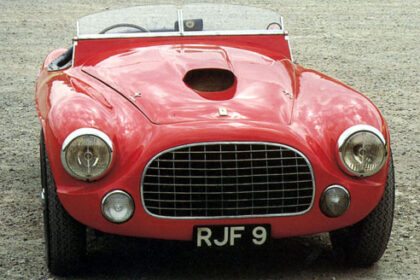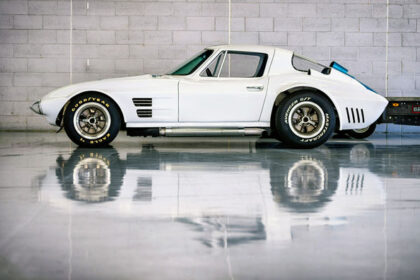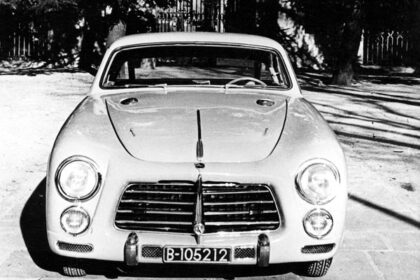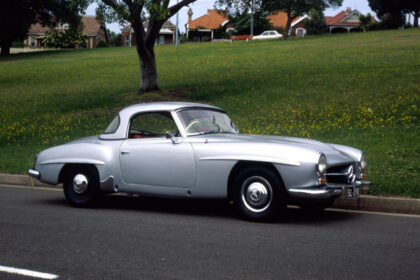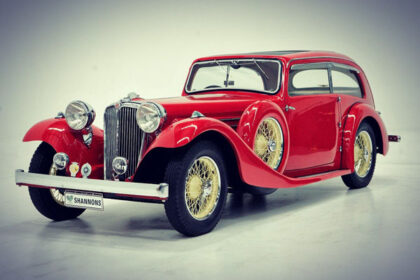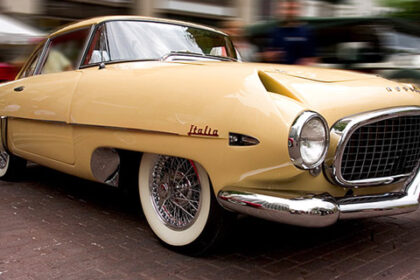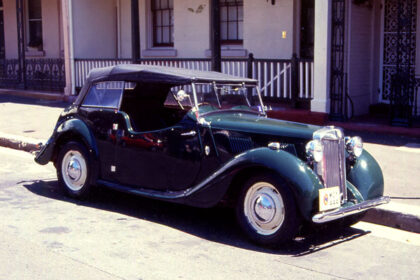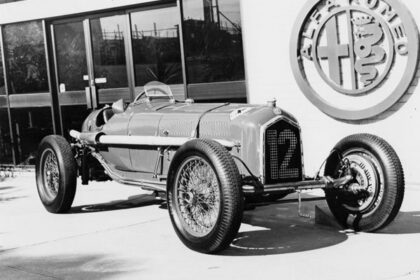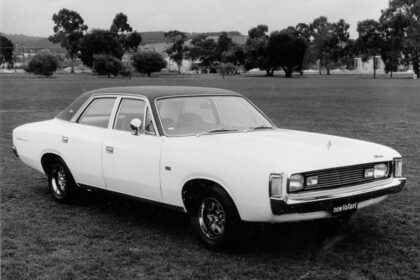CHRYSLER AIRFLOW
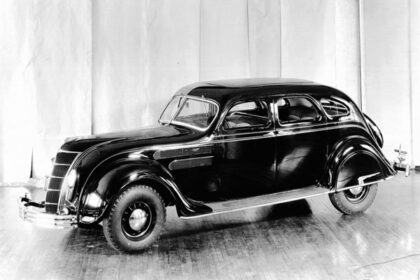
After World War I the automobile soon became a dominant part of people’s lifestyles and with its increasing importance the automobile itself was undergoing rapid change. The 1930s began with flared mudguards, wide, vertical grilles and running boards but by the end of the decade, mudguards began to merge integrally into the bodies of most cars, and grilles began to narrow, while windscreens began to attain a backward slope previously only seen on sportscars. In 1934 when Chrysler introduced the Airflow it soon became known as one of the ugliest… Read more




